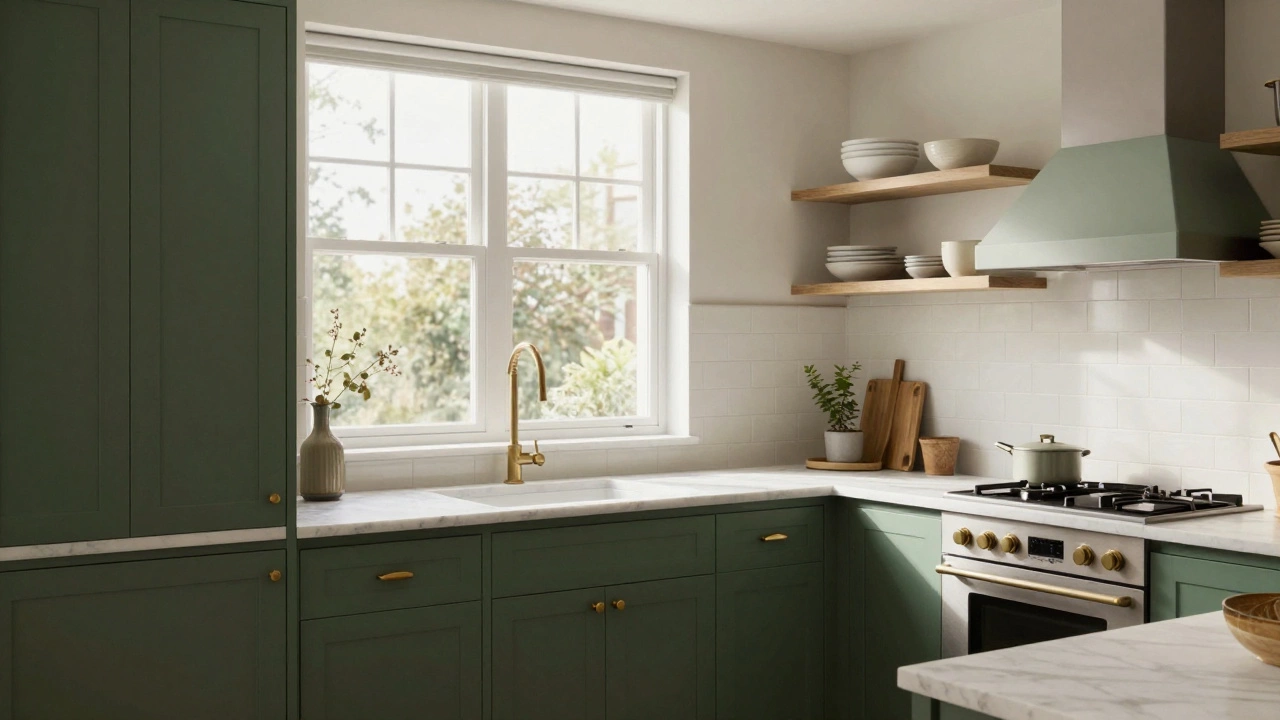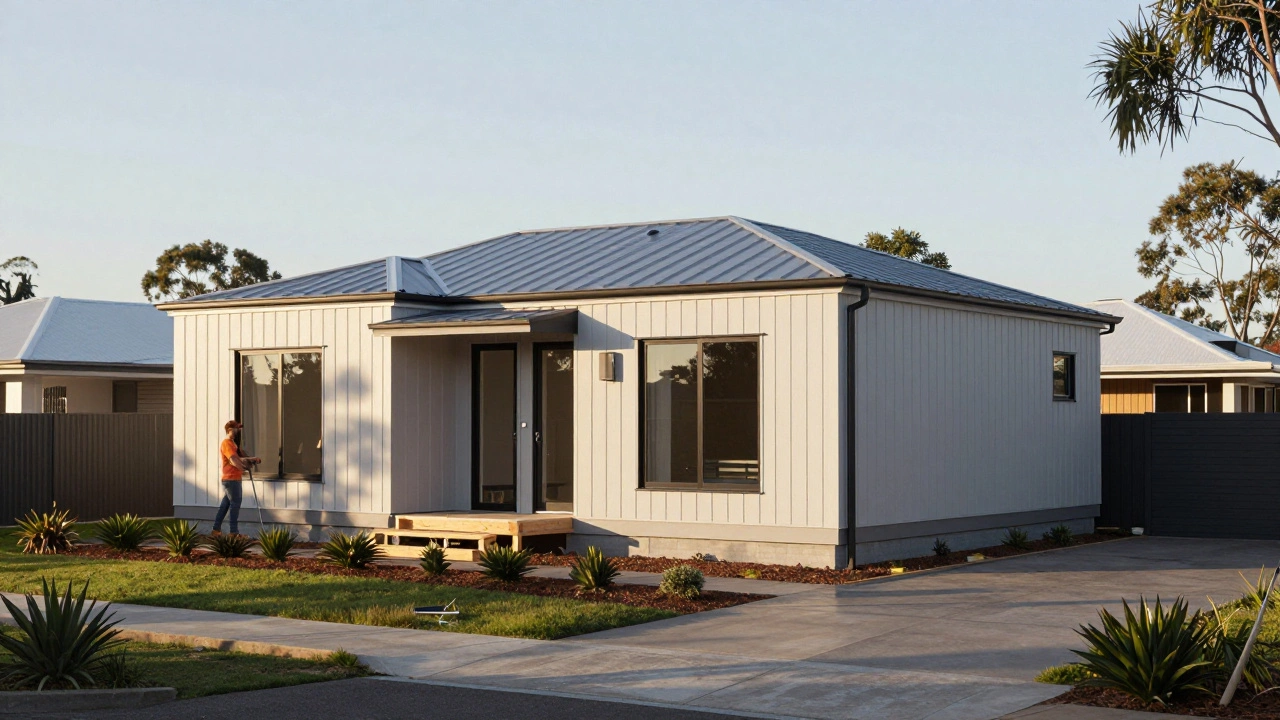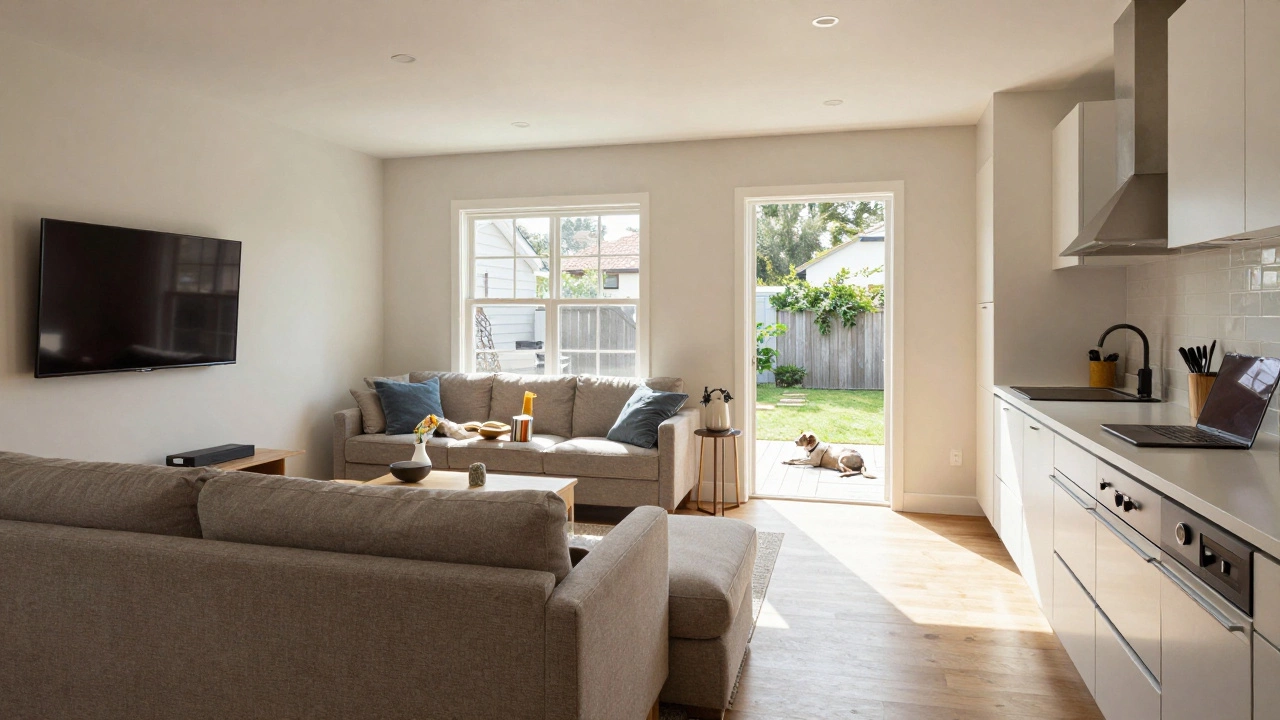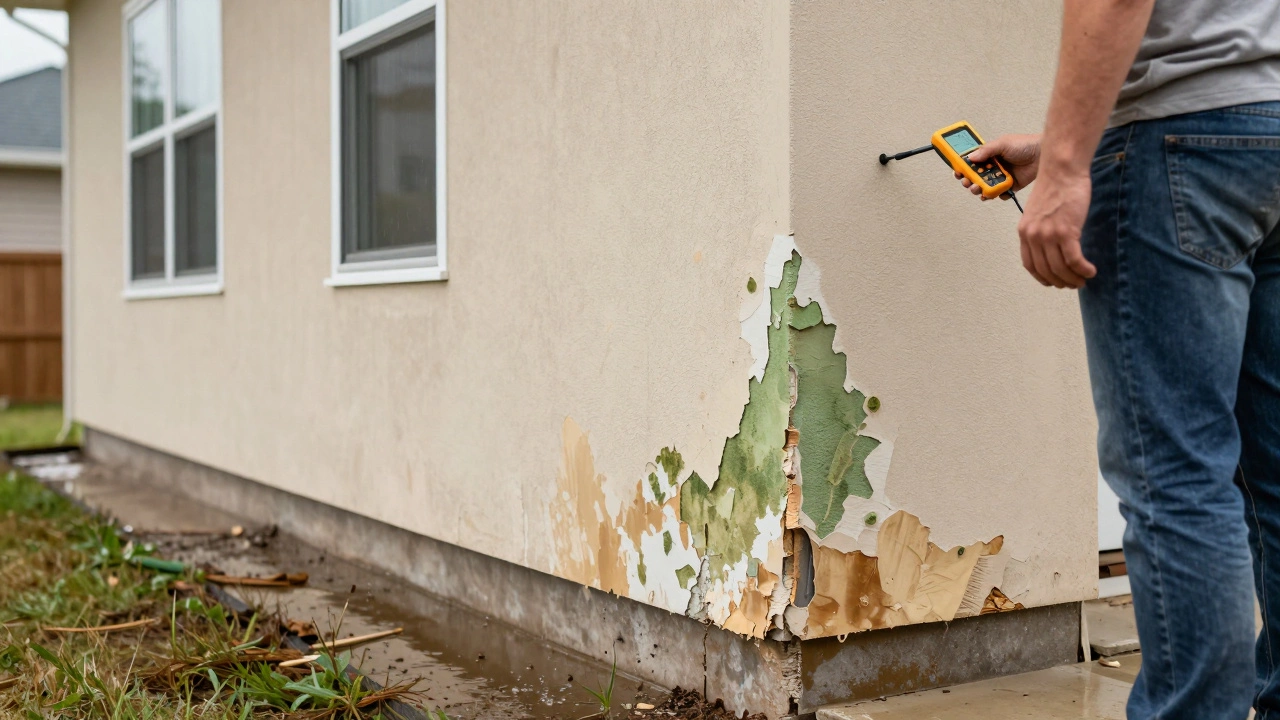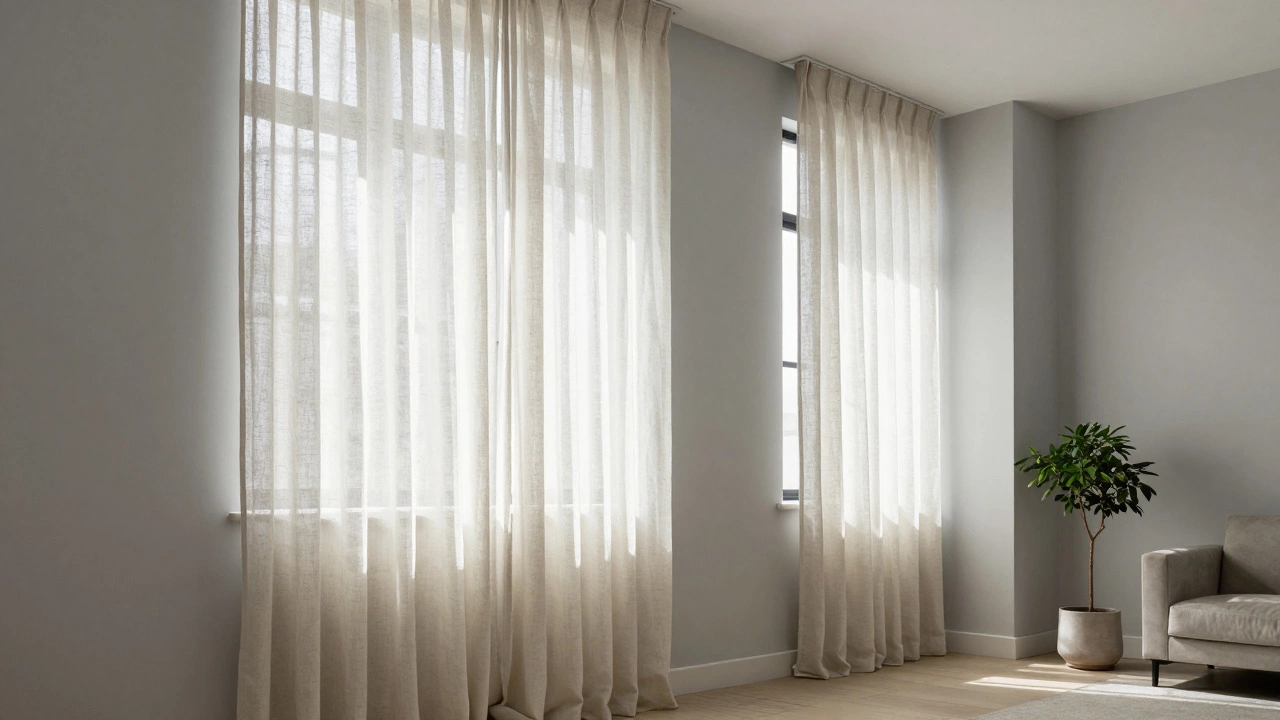What Do Architects Do? A Straight‑Forward Look at Their Job
If you’ve ever stared at a building and wondered who imagined it, the answer is an architect. But their work is more than pretty drawings. They blend art, engineering, and client wishes into spaces that are safe, functional, and attractive.
In everyday terms, an architect starts with a brief: the client’s budget, program, and style preferences. From there they sketch concepts, create detailed plans, and coordinate with engineers, contractors, and surveyors. Their job doesn’t stop at the drawing board—once construction begins, they visit the site, answer questions, and make sure the build matches the design.
From Sketch to Site: The Architect’s Workflow
1. Brief and research – Gather client goals, study the site, check local planning rules, and assess how the project fits the surrounding area.
2. Concept design – Rough sketches and 3‑D models help visualise shape, flow, and feel. Clients pick a direction before details are locked down.
3. Schematic design – The chosen concept becomes a more precise layout. Floor plans, sections, and basic material ideas are produced.
4. Design development – Details such as window sizes, structural systems, and interior finishes are refined. Collaboration with structural and MEP engineers becomes crucial.
5. Construction documents – Full‑scale drawings and specifications are issued. These are what the builder follows and what the council reviews for approval.
After the papers are signed, the architect moves to construction administration. They answer contractors’ queries, check shop drawings, and conduct regular site visits to catch any deviations early. This hands‑on oversight helps avoid costly mistakes and keeps the project on schedule.
Key Skills Every Architect Needs
While creativity is a must, architects also need solid technical chops. Good spatial awareness lets them imagine how rooms will feel before they exist. Proficiency with CAD and BIM software speeds up drafting and improves coordination. Communication is equally vital—explaining complex ideas to clients or tradespeople in plain language saves time and frustration.
Problem‑solving runs through the whole process. Unexpected site conditions, budget constraints, or changing client wishes all require quick, smart decisions. Finally, an eye for sustainability is now standard: architects choose low‑impact materials, incorporate energy‑saving systems, and design for long‑term adaptability.
So, what do architects do? They listen, imagine, draw, coordinate, and supervise—all to turn a vague idea into a real, livable building. Whether you’re planning a new home, a office fit‑out, or a public space, understanding an architect’s role helps you work together more effectively and achieve a result that looks good, works well, and lasts.


